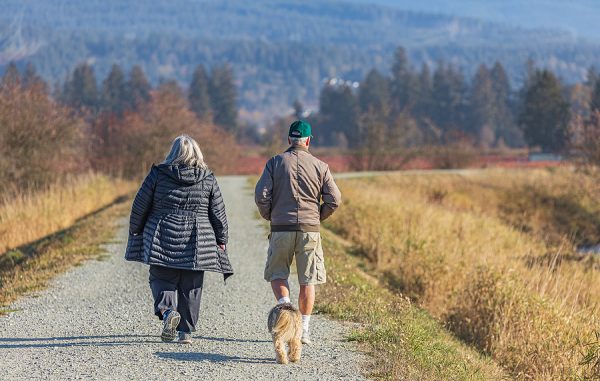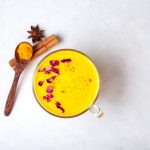I love being outdoors in areas that have a lot of trees and plants. I instantly feel better. It clears my mind and sharpens my focus. It energizes me and soothes me all at the same time.
Nature has a tendency to do that for most people, and the benefits can be remarkable. Researchers in Finland found that regular exposure to green environments – like forests, parks, gardens, fields and meadows – can actually help reduce reliance on certain medications.
Specifically, spending time in green environments lowered the odds of using meds for anxiety, depression, insomnia, blood pressure and asthma.
How can a walk among the grass, trees and shrubbery do all of this for you?
Well, over in Japan they practice something called “forest bathing.” Basically, it’s a walk in the woods. And they found that walking in this type of an environment has all kinds of positive health effects. It helps lower cortisol concentrations, reduces pulse rate, decreases blood pressure, improves parasympathetic nerve activity and lowers sympathetic nerve activity.
Plus, many studies show a positive association between greenspace and respiratory health. This is likely due to the fact that trees and other greenery remove pollution from the air. When you’re surrounded by them, it literally gives your lungs and body the opportunity to get a breath of fresh air.
All in all, it’s no wonder a walk with nature can help reduce the need for so many medications! And here’s something else I bet will surprise you.
Just Looking at Greenery and Trees can do this!
Did you know that when hospitalized patients have a view of outside greenery and trees, they leave the hospital around three days sooner than patients without a view? They also have lower levels of pain and take fewer potent pain medications while they’re hospitalized.
Plus, patients exposed to greenery have less stress and anxiety during their hospital stay.
I think that’s amazing. But that doesn’t mean you should just go to the window and look out at nature. Step outdoors and get involved in it.
First, decide where you want to go. National parks, forests and wildlife reserves are great, but not always easy to get to. There’s nothing wrong with the local park. Leave all your devices behind. You won’t need them.
Once you get there, don’t turn it into a hike. Meander along in any direction you want to go. You aren’t in a hurry. You have nowhere else to be. Just take in the sights, sounds and smells – the birds, the rustling of leaves, the sun shining through the branches and the smell of fresh air. Sit on a log or dip your toes into a stream.
It’s a wonderful experience, but you have to be open to slowing down and taking in the atmosphere.
Bringing the Forest Indoors
If you don’t have a green area nearby or are unable to get to one often enough, you can create your own miniature forest with indoor plants. I have greenery in both my home and my office.
An herb garden in your kitchen or dining room window is a great way to start. They’re convenient to have around for cooking.
If you’re new to plants, there are a lot of great indoor plants that can be very easy to care for. Some that generally grow well – even if somewhat neglected – include the ZZ plant, philodendron, aloe vera, spider plant, snake plant and monstera deliciosa.
To get the sounds of nature inside your house, just play sounds of birds, waterfalls, streams, crickets or rain. You can also put on You Tube and find the nature scene you like, my favorites are the mountain/lake, river runs through the forest or beach scenes with gentle waves lapping the beach. It won’t be exactly the same as being in the forest, but it will have the same soothing effects. Essential oils with cypress, spruce, pine, juniper berry and other outdoor scents can add to the feeling of being outdoors.
SOURCES:
Turunen AW, Halonen J, Korpela K, Ojala A, Pasanen T, Siponen T, Tiittanen P, Tyrväinen L, Yli-Tuomi T, Lanki T. Cross-sectional associations of different types of nature exposure with psychotropic, antihypertensive and asthma medication. Occup Environ Med. 2023 Feb;80(2):111-118.
Park BJ, Tsunetsugu Y, Kasetani T, Kagawa T, Miyazaki Y. The physiological effects of Shinrin-yoku (taking in the forest atmosphere or forest bathing): evidence from field experiments in 24 forests across Japan. Environ Health Prev Med. 2010 Jan;15(1):18-26.
Mueller W, Milner J, Loh M, Vardoulakis S, Wilkinson P. Exposure to urban greenspace and pathways to respiratory health: An exploratory systematic review. Sci Total Environ. 2022 Jul 10;829:154447.
Ulrich RS. View through a window may influence recovery from surgery. Science. 1984 Apr 27;224(4647):420-1. Park S, Mattson RH. Therapeutic Influences of Plants in Hospital Rooms on Surgical Recovery. HortScience. 2009; 44(1), 102-105.



